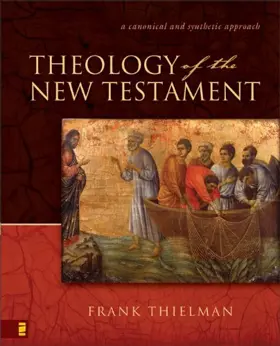

Theology of the New Testament: A Canonical and Synthetic Approach
Pages
800
Publisher
Zondervan
Published
2005
ISBN-13
9780310211327
This book serves the needs of serious students of the New Testament – whether teachers, pastors, scholars, or lay people – for both a brief theological orientation to each New Testament book and a theological overview of the New Testament as a whole.
Reviews
User friendly, clearly written, helpfully explanatory of the text, themes within books. A true treasure. Highly recommended!
We seem to be living in a time when (to modify the words of a wise man) “of the making of New Testament theologies there is no end.” The crucial thing to ask about any new one that appears on the scene, therefore, is what it contributes to the pile. Thielman, Professor of New Testament at Beeson Divinity School, tells us he has written the book for two reasons: “to provide a service and to make a case” (9). The “service” is providing “serious students” of the New Testament with “a brief theological orientation to each New Testament text” (9); the case that he wishes to make is to show that, when they are read sympathetically, these texts are theologically unified. Methodologically, Thielman positions himself somewhere in the middle along two axes. With respect to the first axis, he wants to anchor these texts in the cultures, politics, and religious traditions of their own day, so as not to cut them off from real life, even while he takes to heart the insistence of Schlatter and others to the effect that “it is neither irrational nor unreasonable to read these texts sympathetically—as they want to be read—and from the perspective of a Christian faith that acknowledges them to be the Word of God” (9). With respect to the second axis, when faced with the polarity between those who treat each document or corpus separately and those who try to place the documents in conversation with one another (one thinks of Caird), Thielman attempts both. Organizationally, he follows “a roughly chronological approach” (10), but “roughly” must be emphasized.
[Full Review]


